I was recently in Vancouver and then Portland, Oregon to visit friends and family. One of the things I did was to arrange a tea meeting with ABX, whom I’ve met before when we visited Serenity Art together (the store has since closed and reopening is uncertain). I also contacted David Galli of the rather grandly named Portland Tea Enthusiasts’ Alliance, which is actually a tea space that’s shared with a wine tasting/education outfit and offers classes and tea meetings of various sorts. We ended up settling on drinking tea there.
I promised the two of them that I would bring some aged oolongs of various sorts for them to try, and I ended up taking with me about six different teas, all aged oolongs of one kind or another that I have gathered from one place or another. The result of the tasting, unbeknownst even to me at the time, was a comparison of different aged oolongs and their characteristics.
We ended up drinking seven teas, six of them aged oolongs and one a cooked/raw mixed brick from the 80s. Most of the aged oolongs, other than one, was tasted in a pot I brought along for the ride. I also ended up doing most of the brewing, so it turned out to be a pretty reasonable proxy for a controlled tasting of the teas.
I think there’s actually quite a bit of value in drinking teas this way. Comparing teas that are, ostensibly, in the same genre, it is quite possible to discern the more subtle differences in the teas by having them back to back. Whereas when drunk separately, they might each have their own strong or weak points, drinking them together, one by one, it is easier to say “this tea is better than that tea because…”. The same, of course, can be done through cupping, but cupping a tea is a lot less fun.
There are some general rules that I try to follow when constructing such tastings though. The first is that one should always start light and end heavy. Going the other way will seriously disrupt the tastebuds, and will often result in sub-optimal experiences. Drinking a green tea right after a heavy, pungent puerh is probably not a very good idea, especially in attempting to detect the high notes of the green tea. It’s generally a much better idea to go from the light and airy to the full bodied and deep teas. I suspect the same is true for wines.
Also, I think it is useful to taste things that share some similarity. Drinking, say, a sencha, then a white tea, then a young puerh, then an aged oolong, for example, can be fun, but I think there is less to be gained in the experience. Drinking the same kinds of tea over a short session, on the other hand, allows for more direct comparison. Differences in aroma, mouthfeel, longevity, and depth become very obvious.
There are also unexpected surprises. The puerh we had at the end, for example, seemed very sour. I think if we had tried that early on, it wouldn’t appear as sour, but because it came after a long line of aged oolongs that are mostly sweet, the sourness was magnified somehow. To me, the tea also tasted somewhat unpleasant overall – it’s hard to pinpoint what was wrong with it, but I know that if it weren’t preceded by the teas that it did, I probably would have liked the tea more.
It would’ve been nice though if I had more time to drink with the two of them. Alas, we only had a few hours, and so some of the teas were still drinkable when we abandoned them for other things. I do wish David good luck though in setting up this new space, and it’s Portland’s good fortune to have a number of locations to drink teas of different kinds.

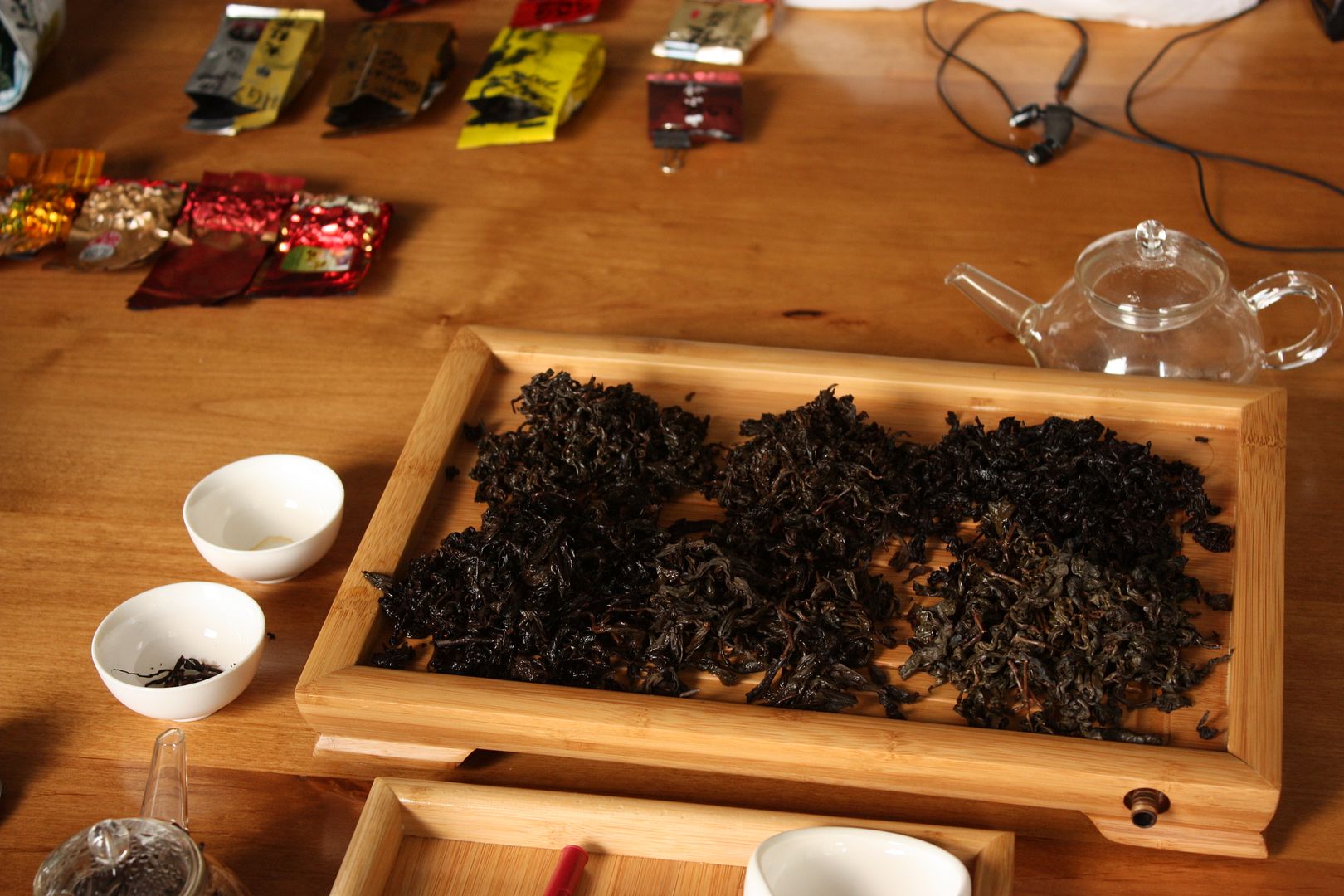
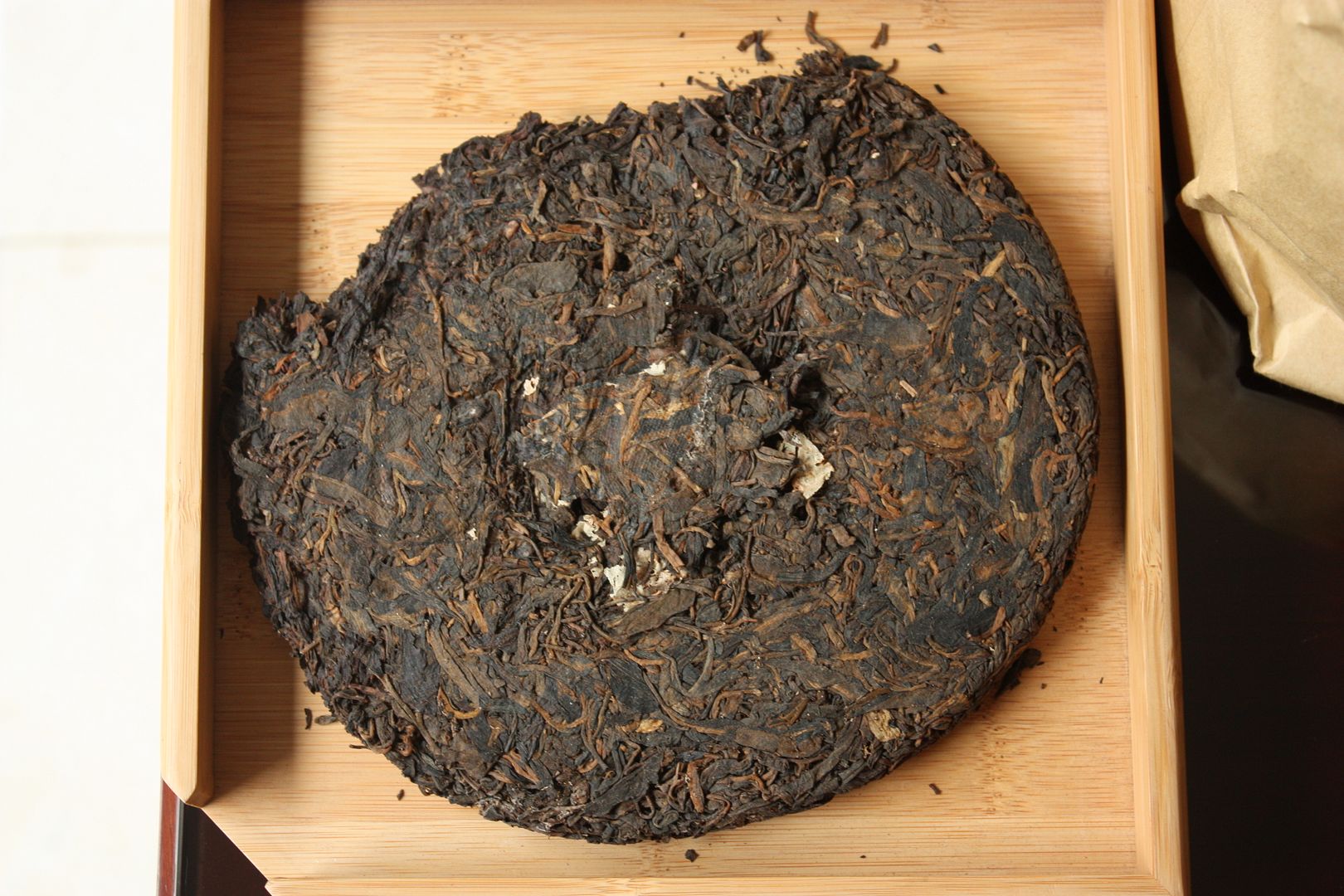
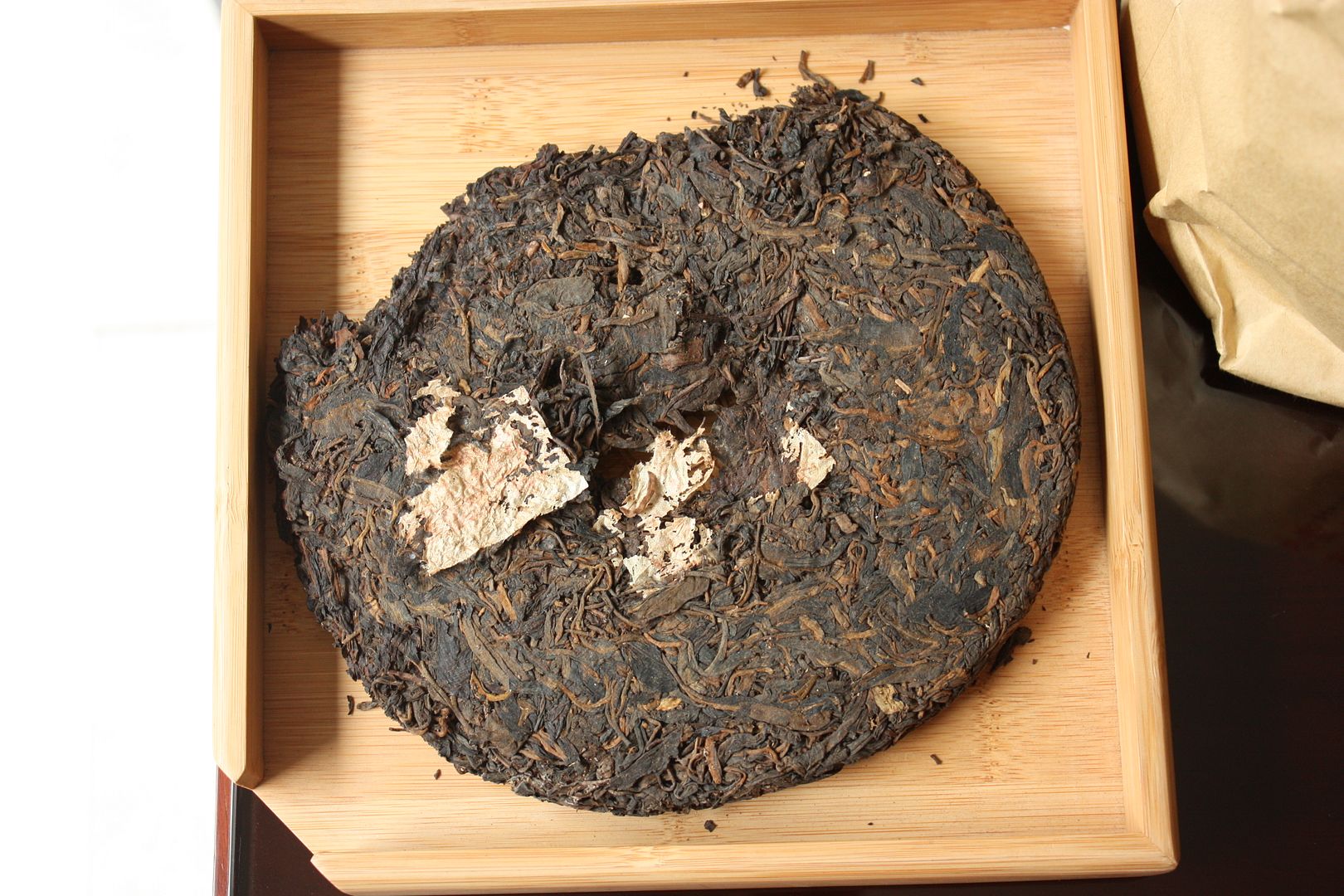
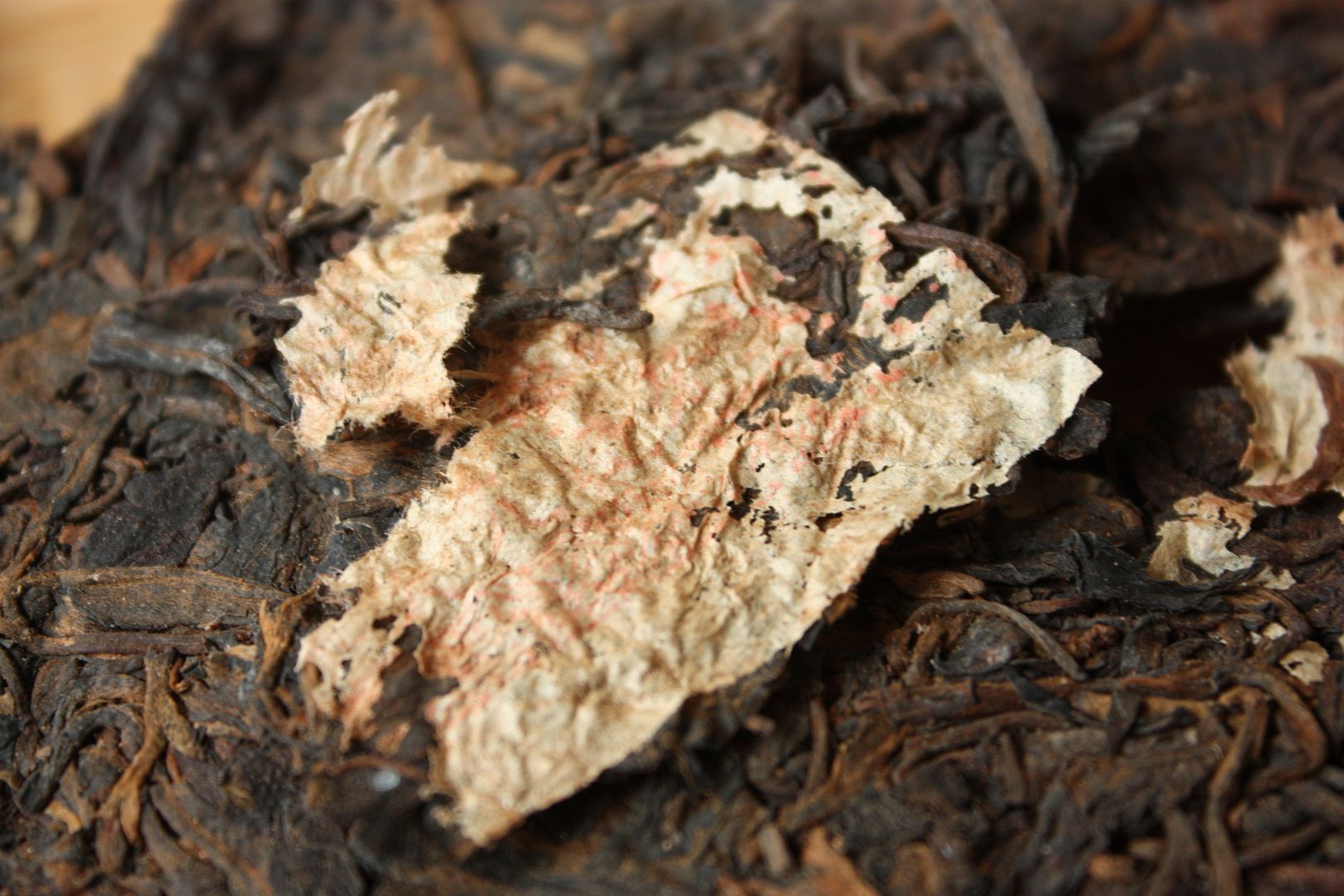
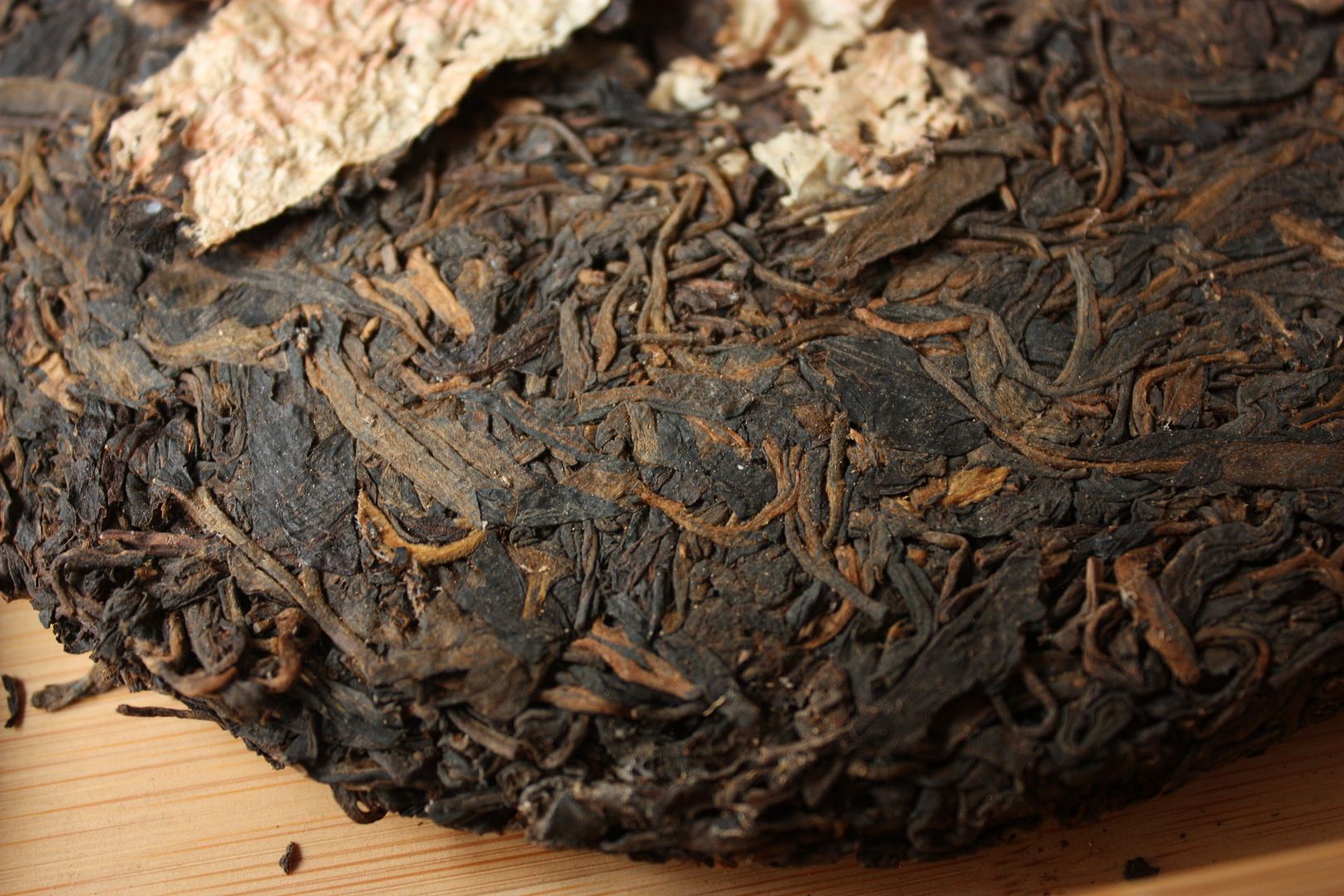
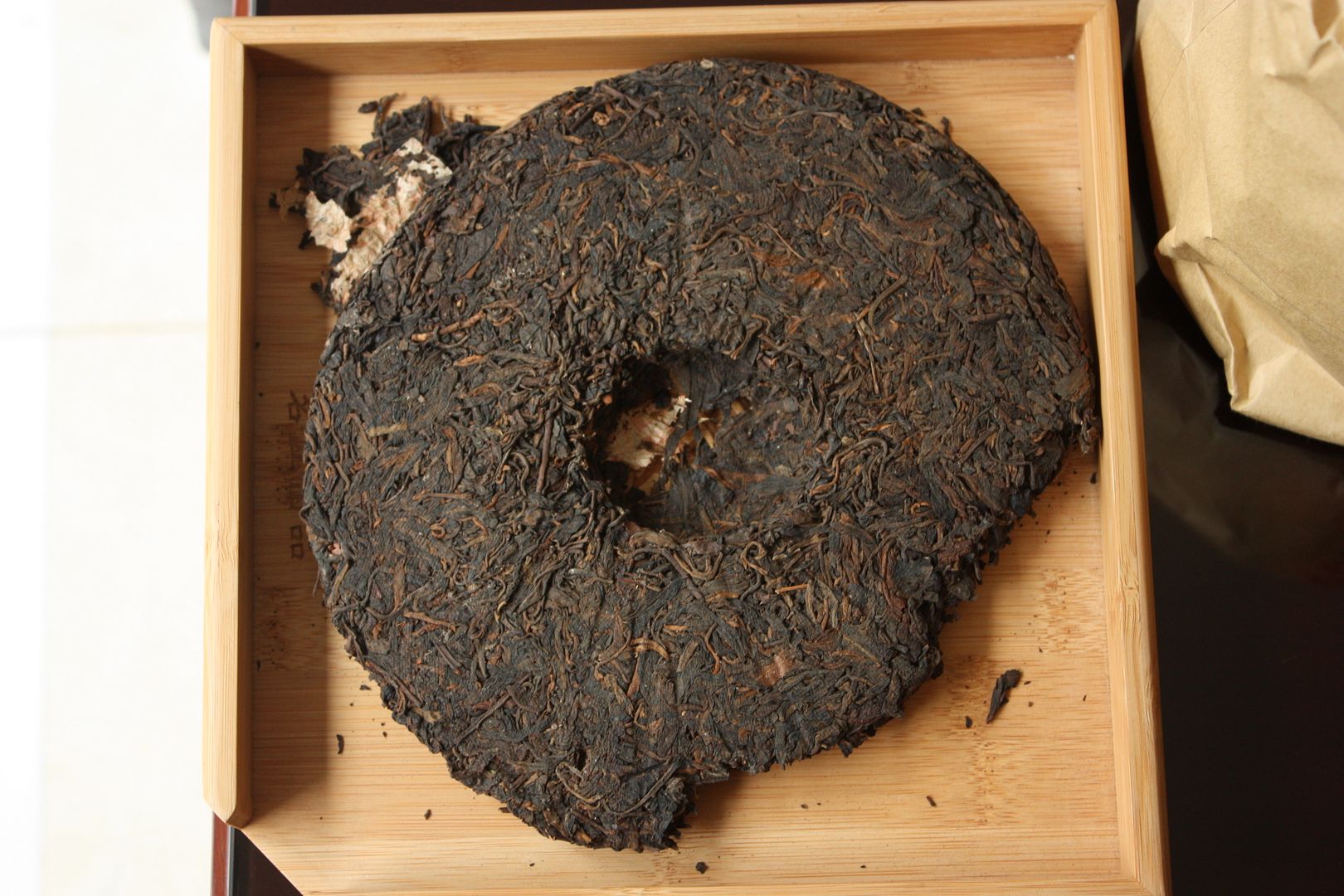
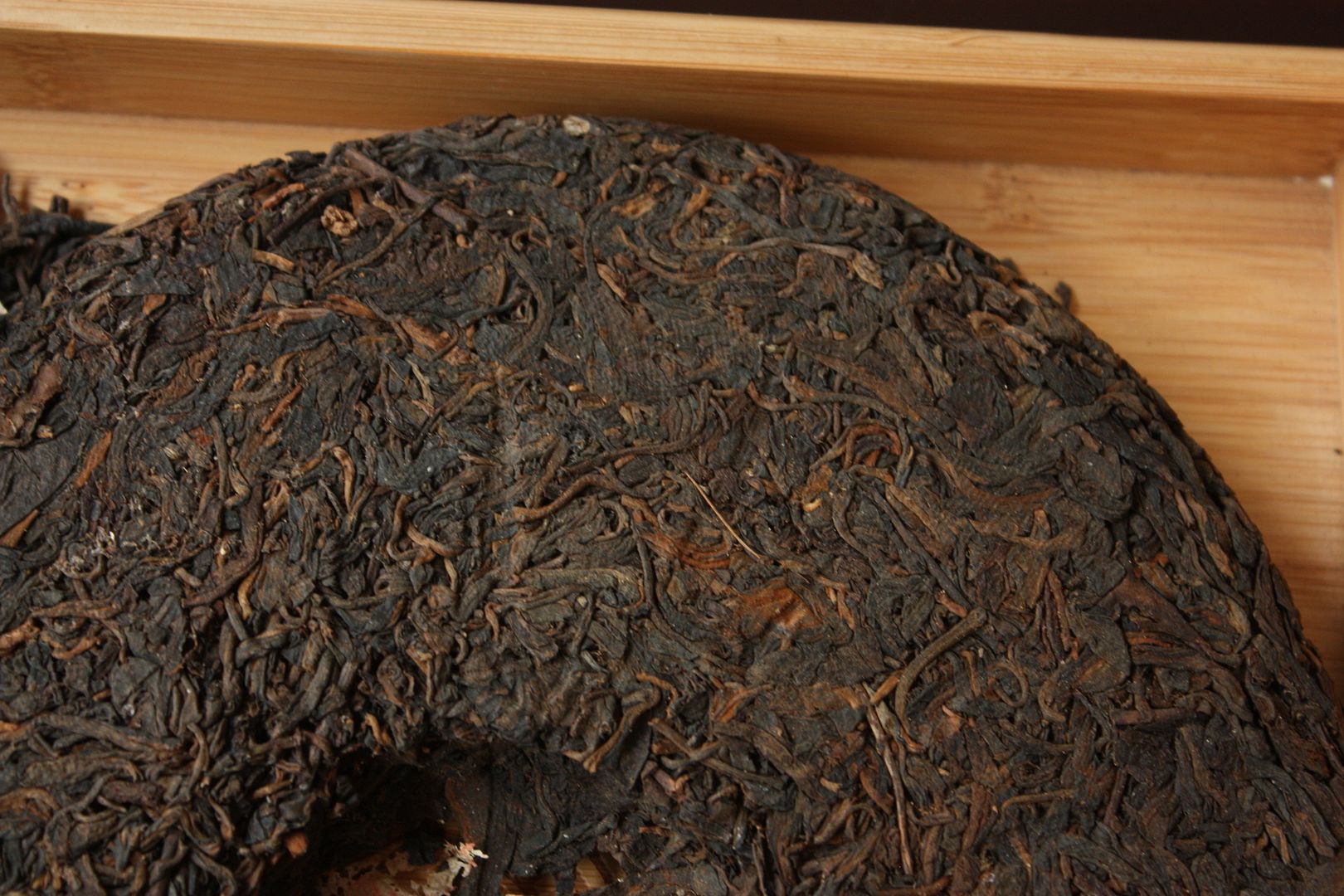
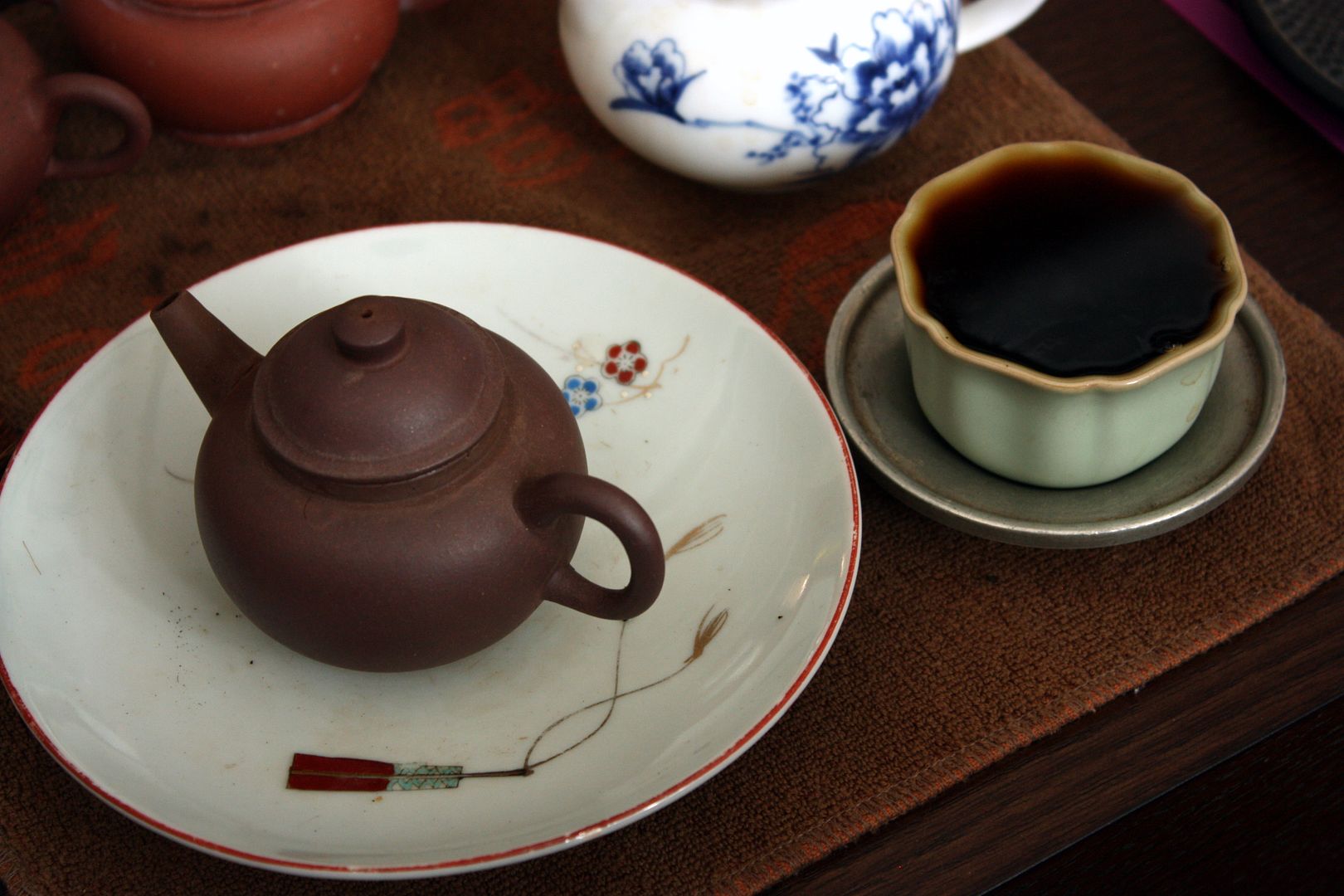
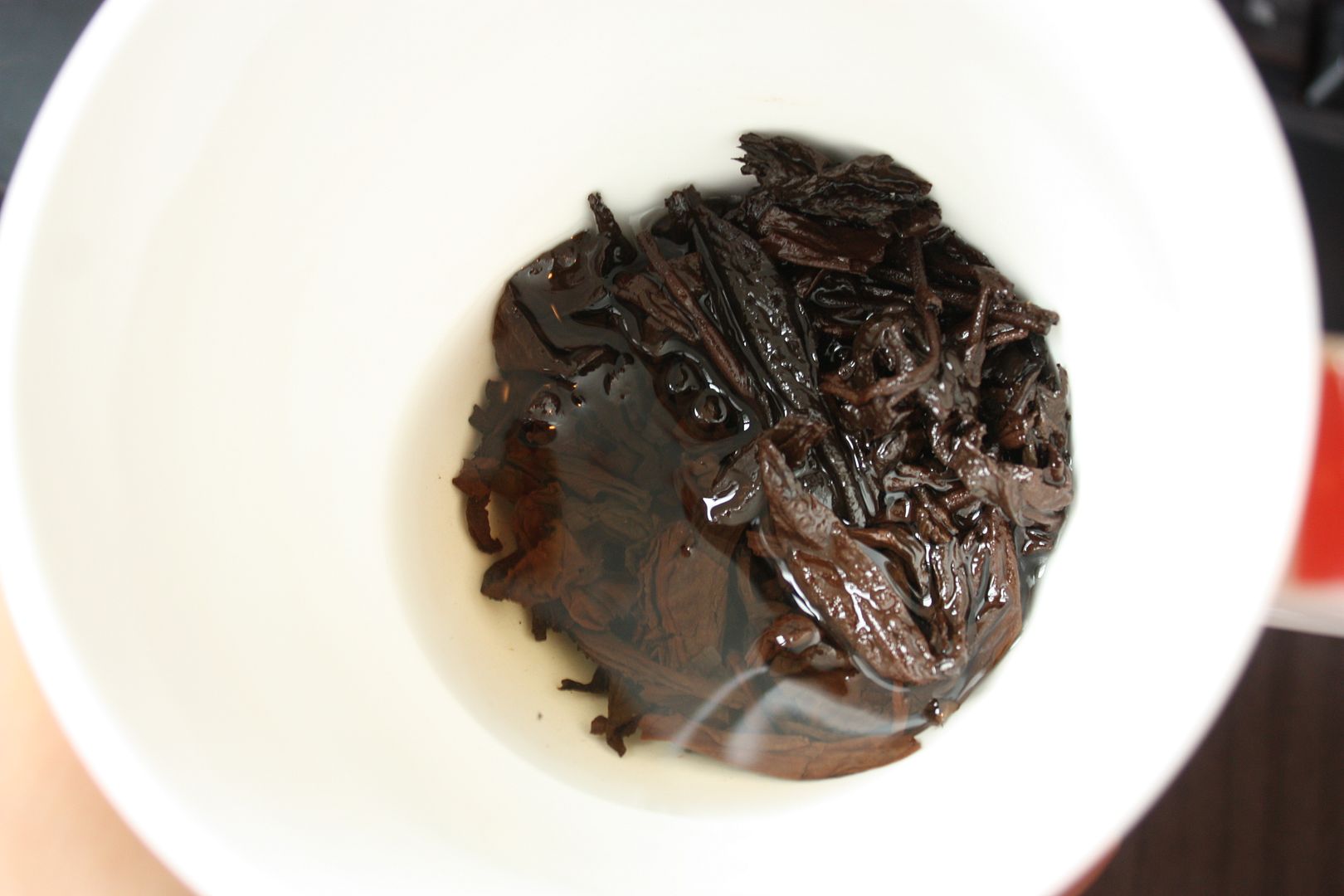
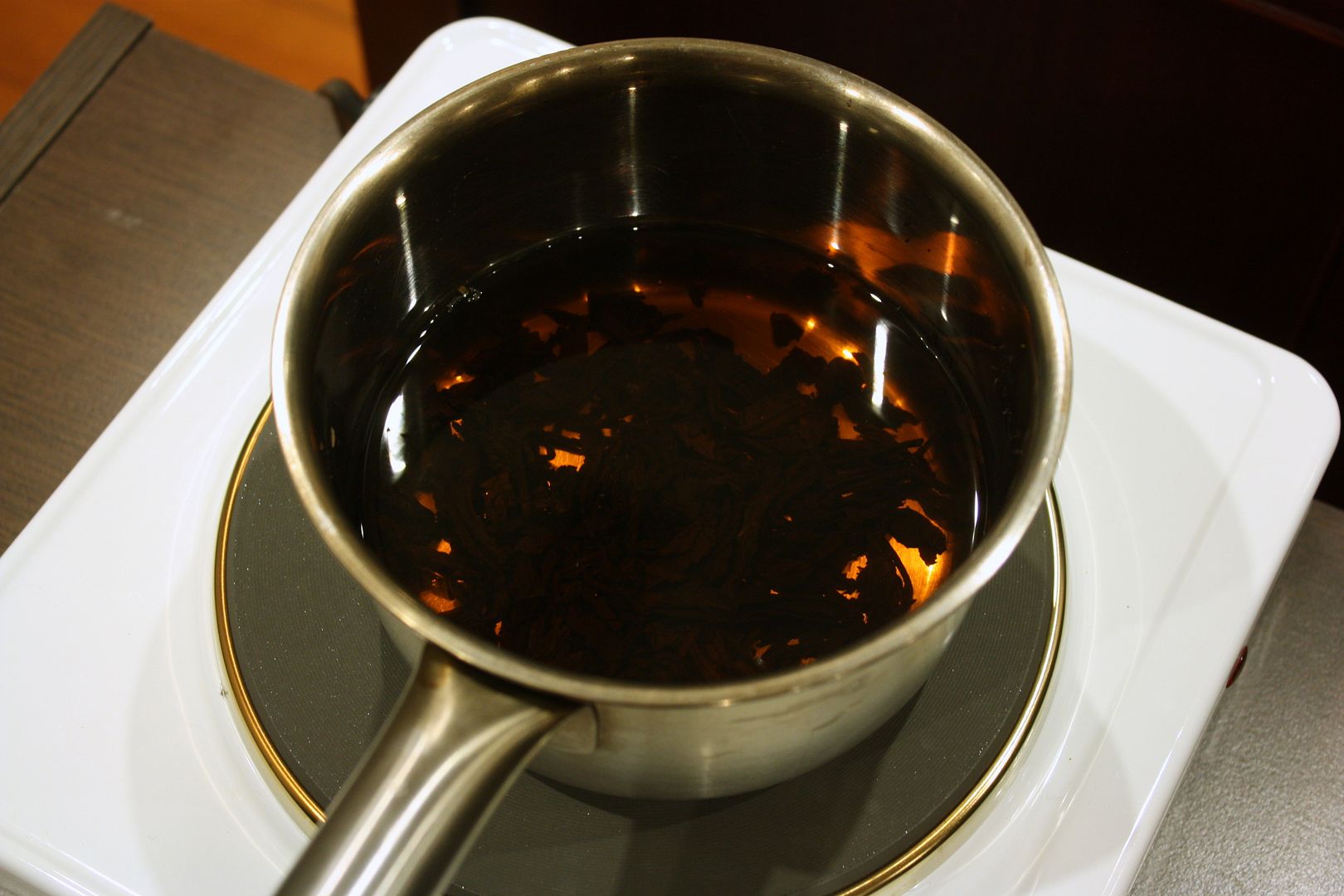
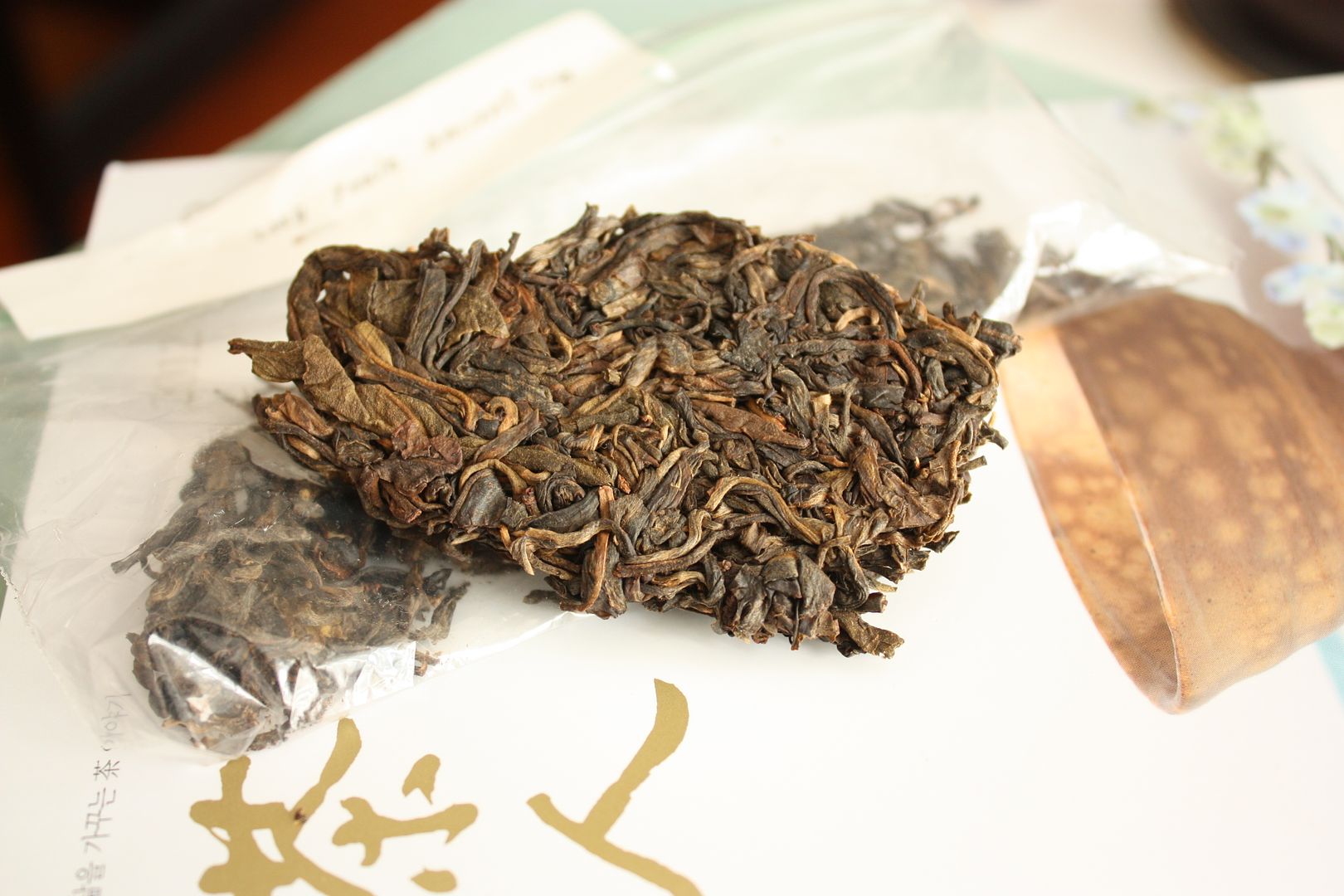
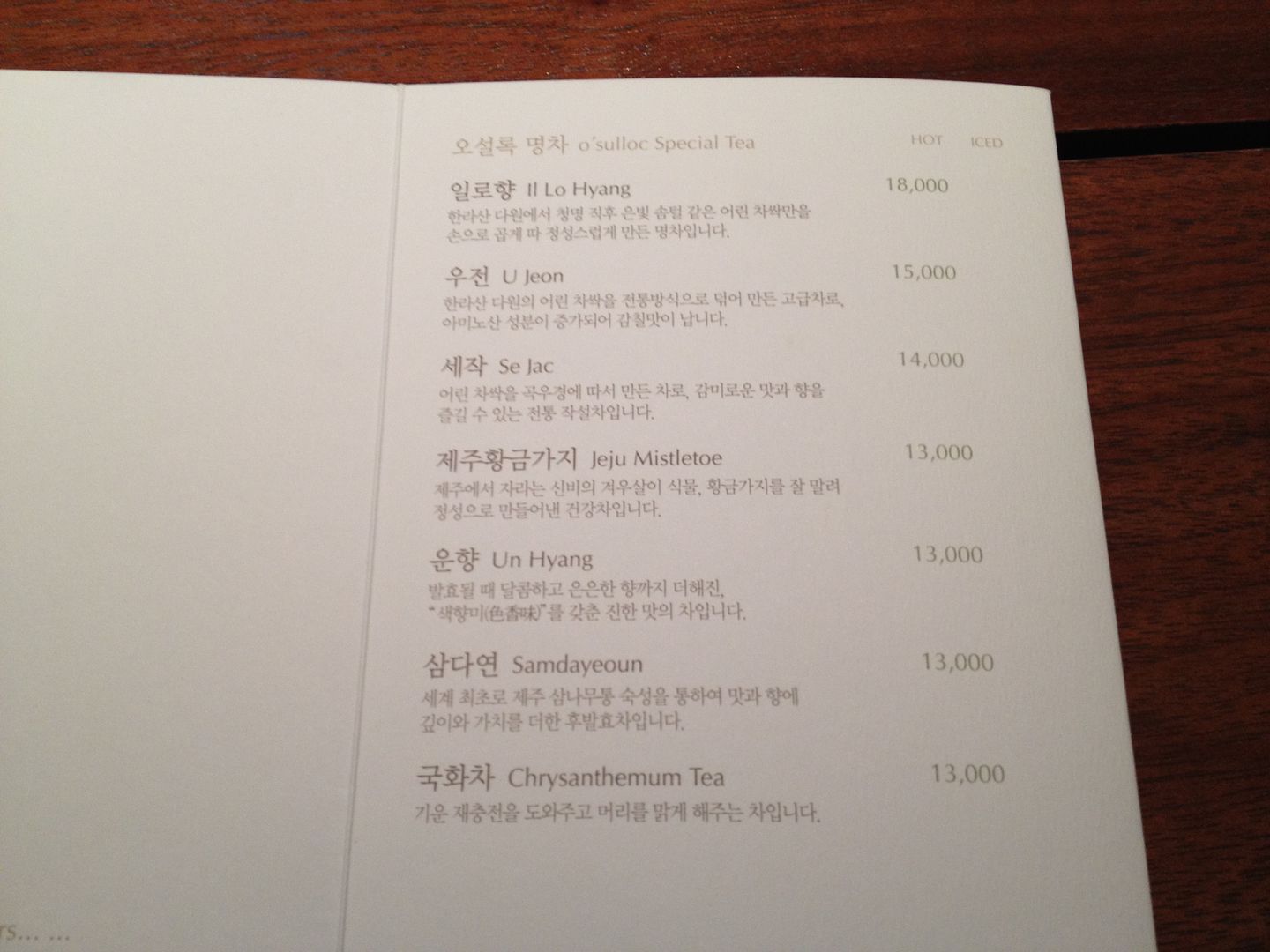
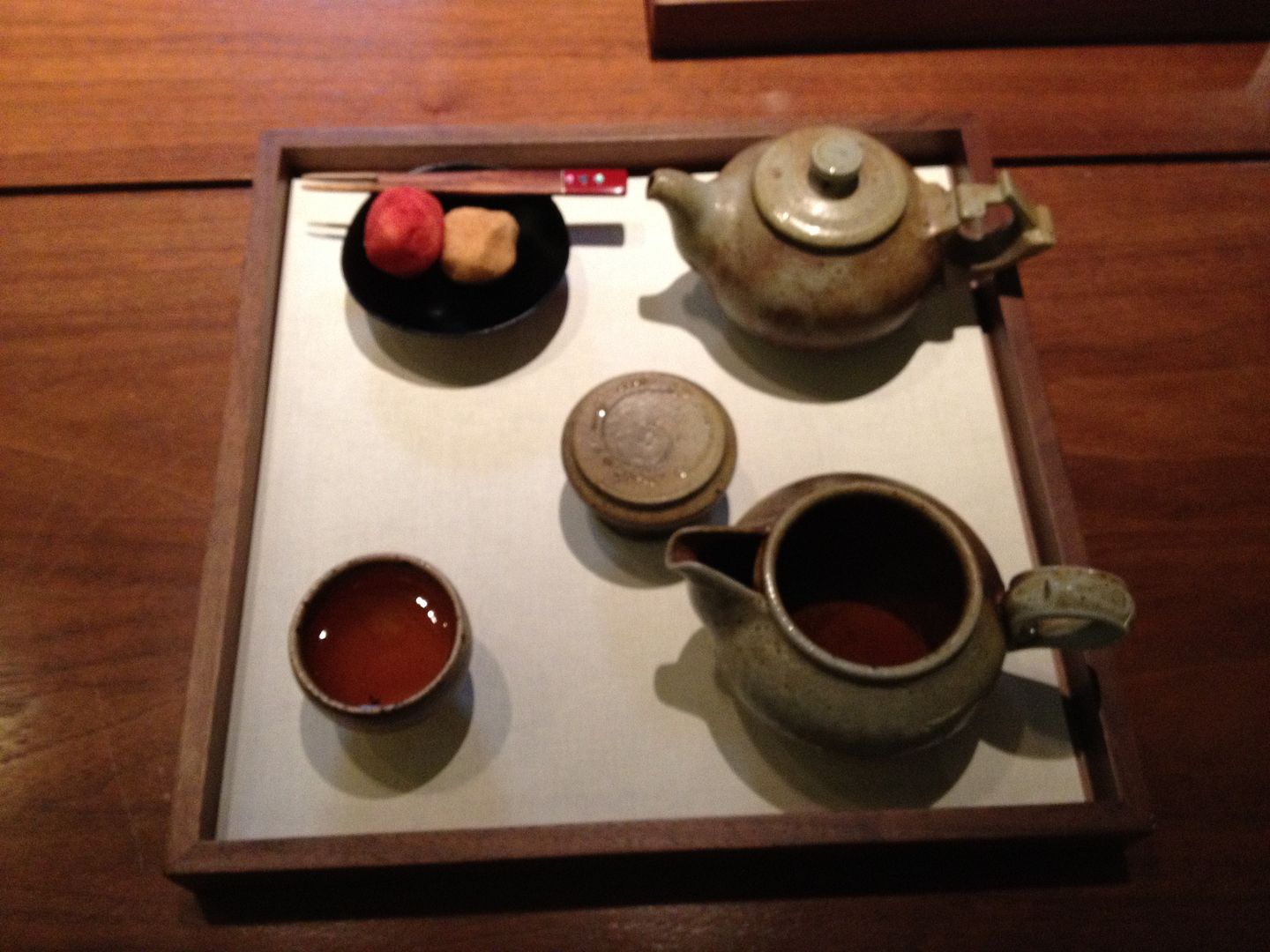
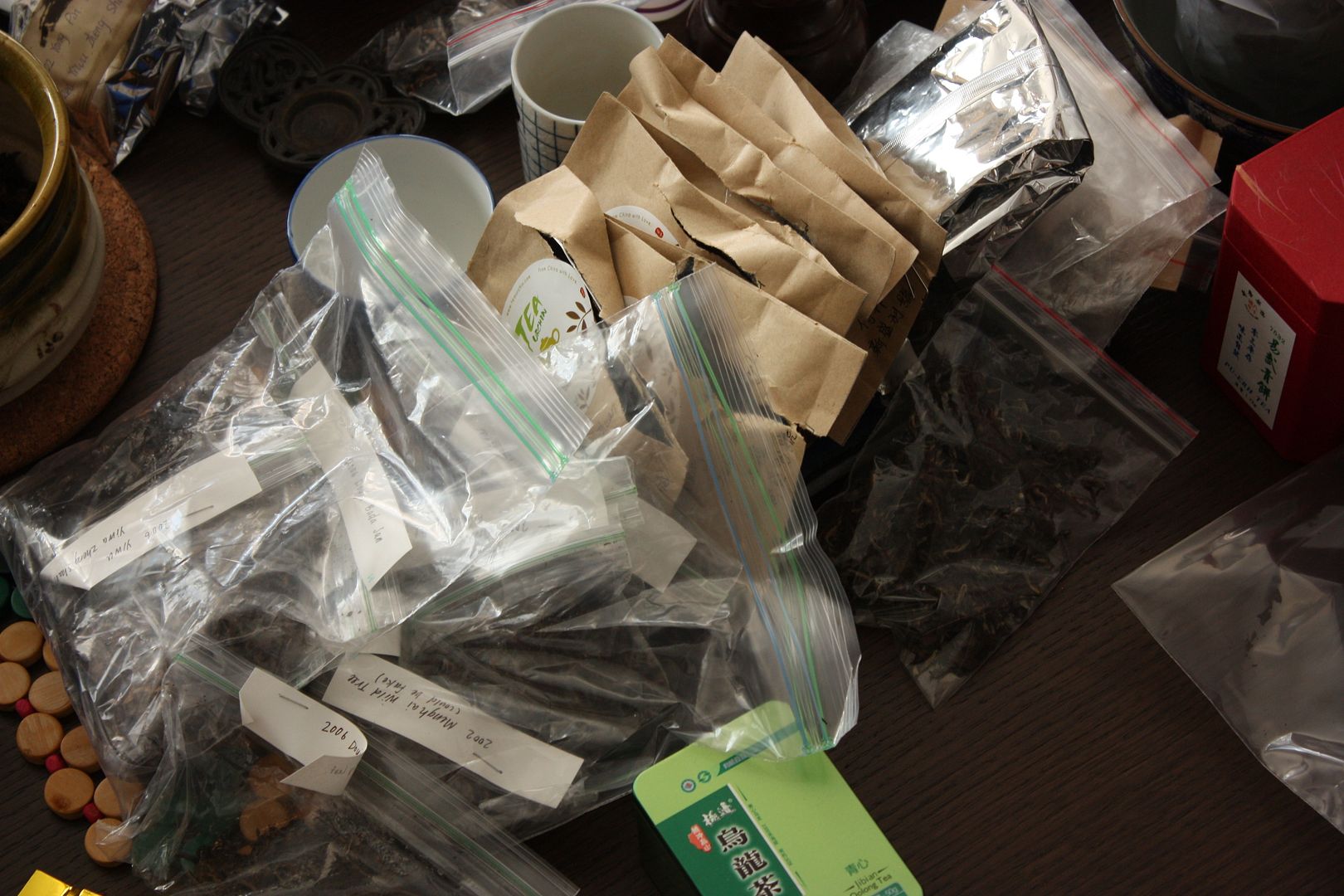
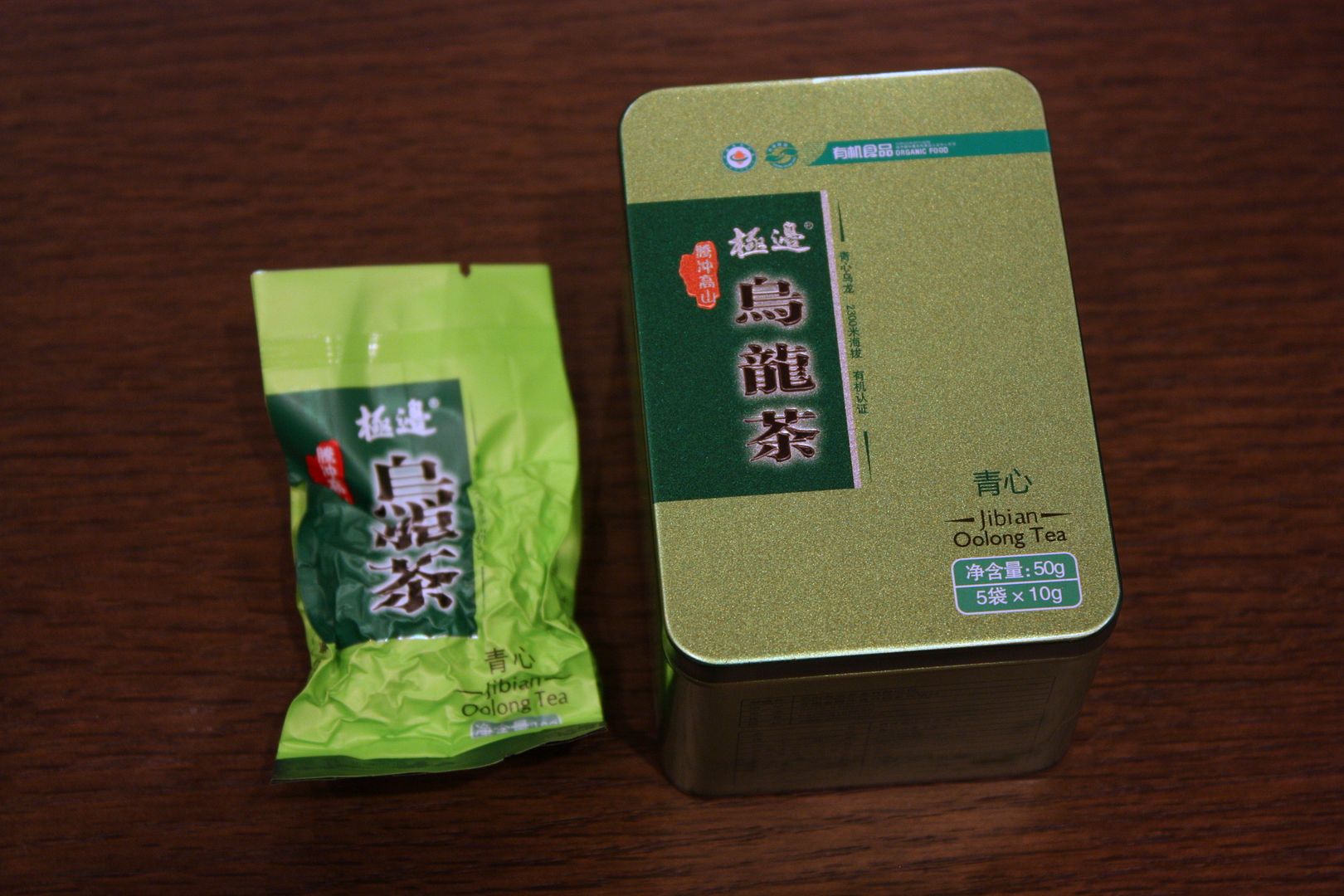
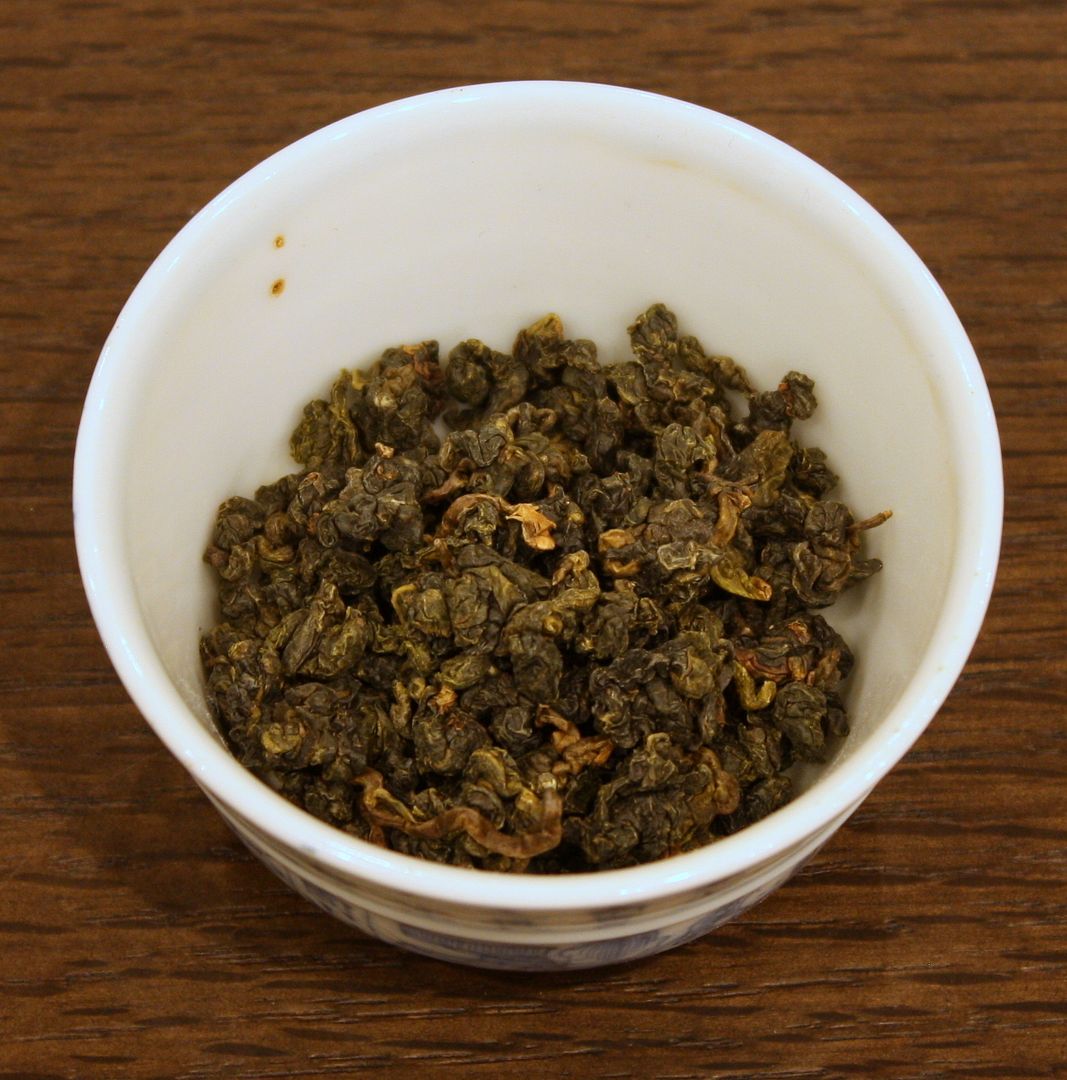
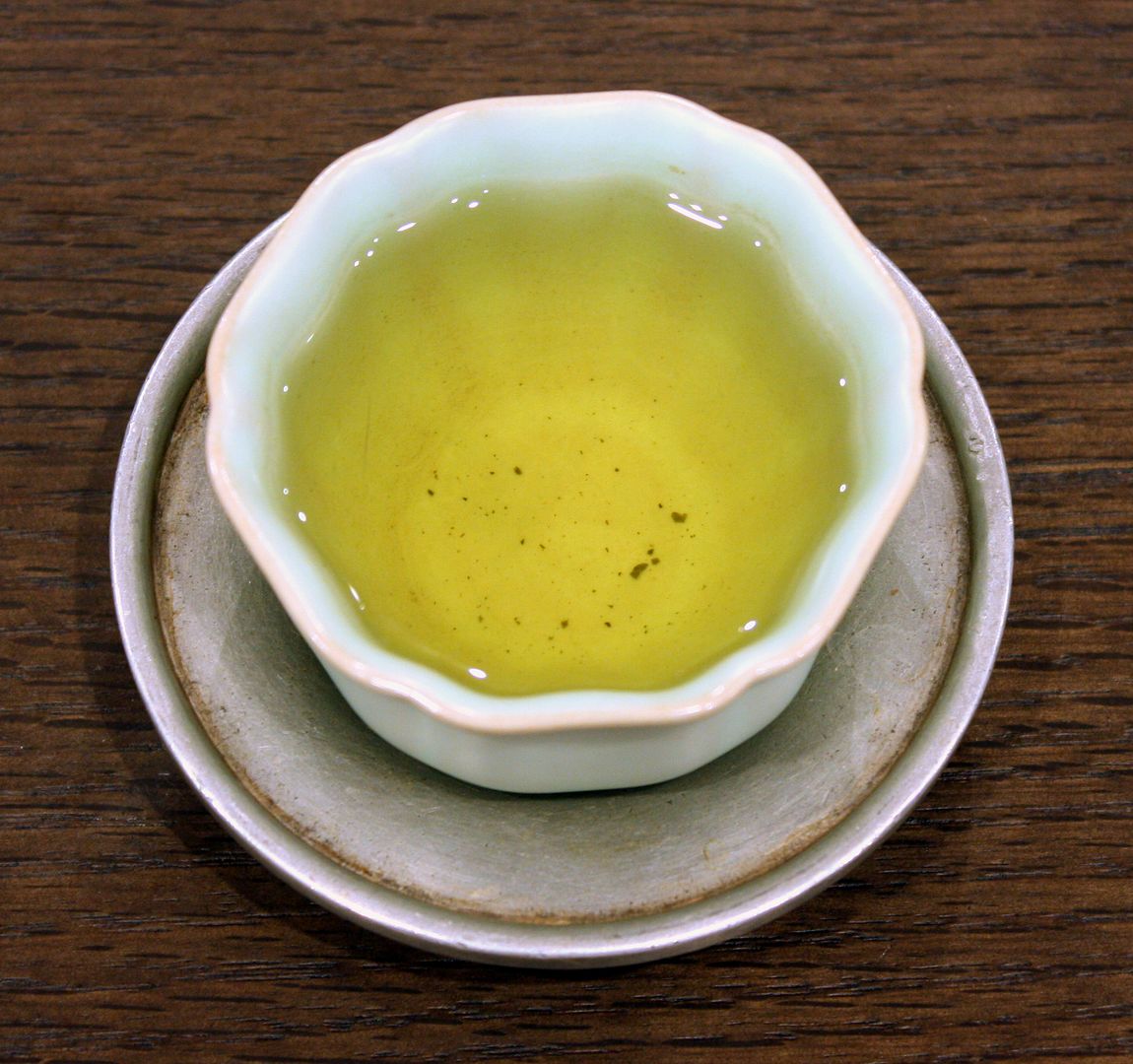
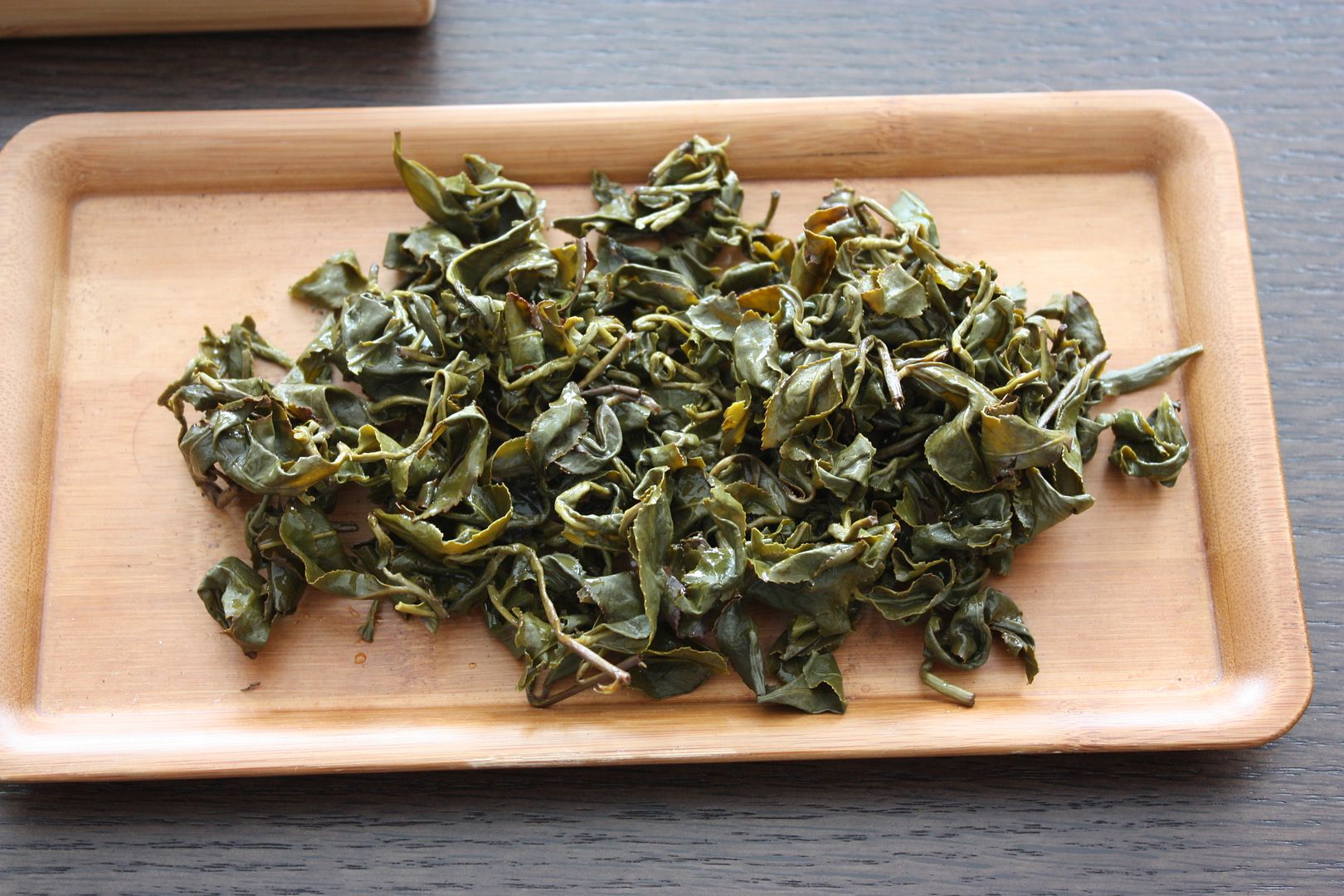
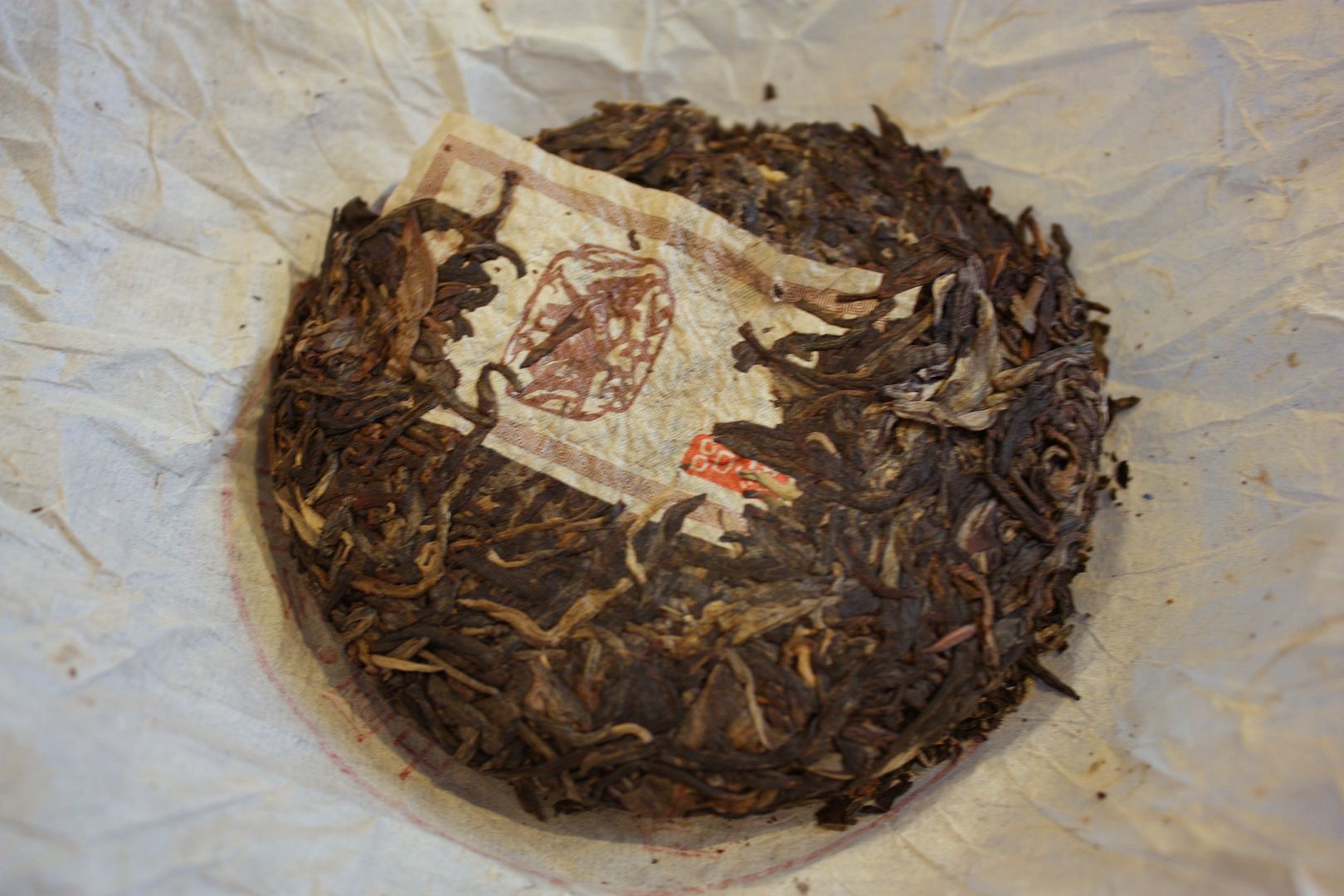
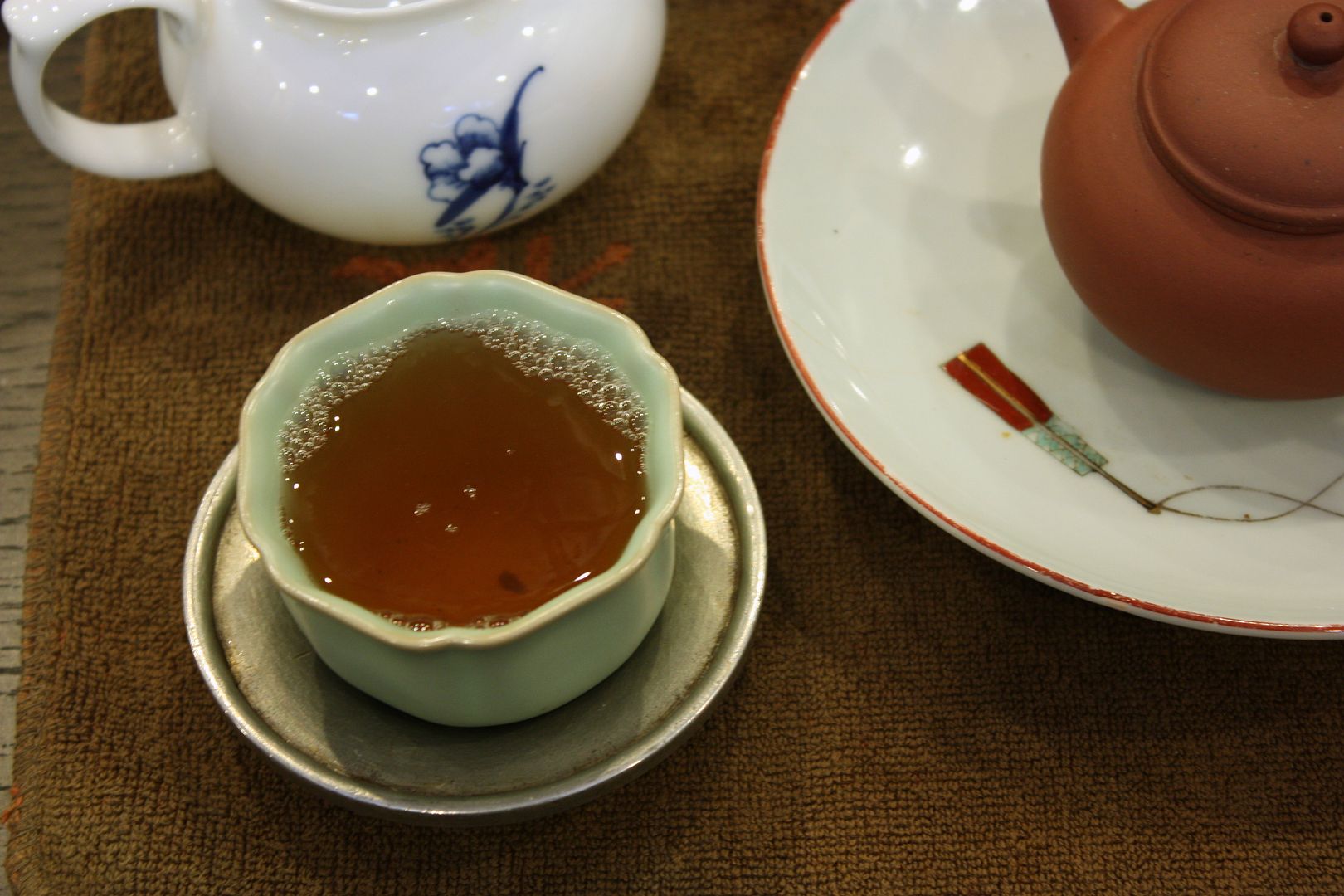
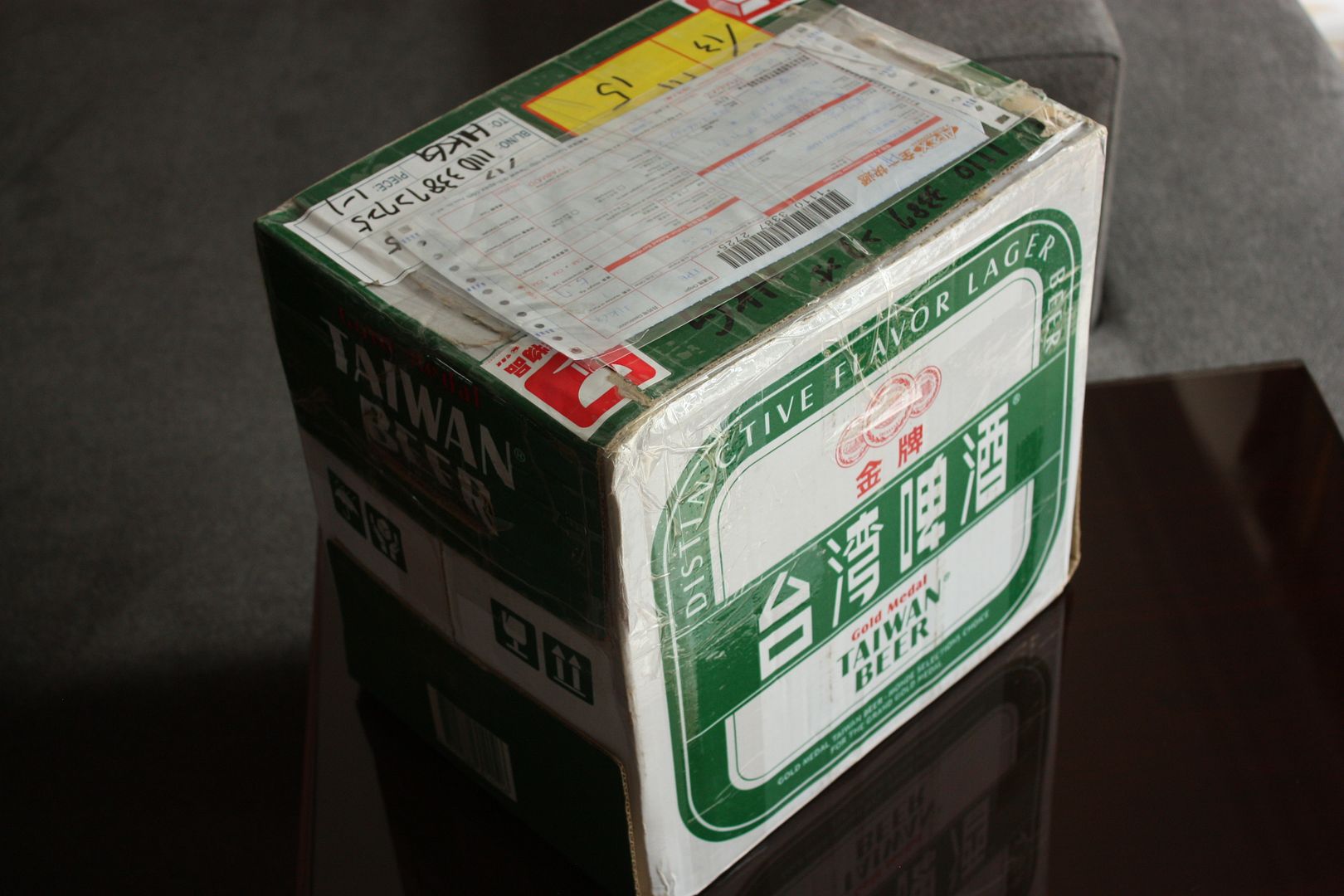
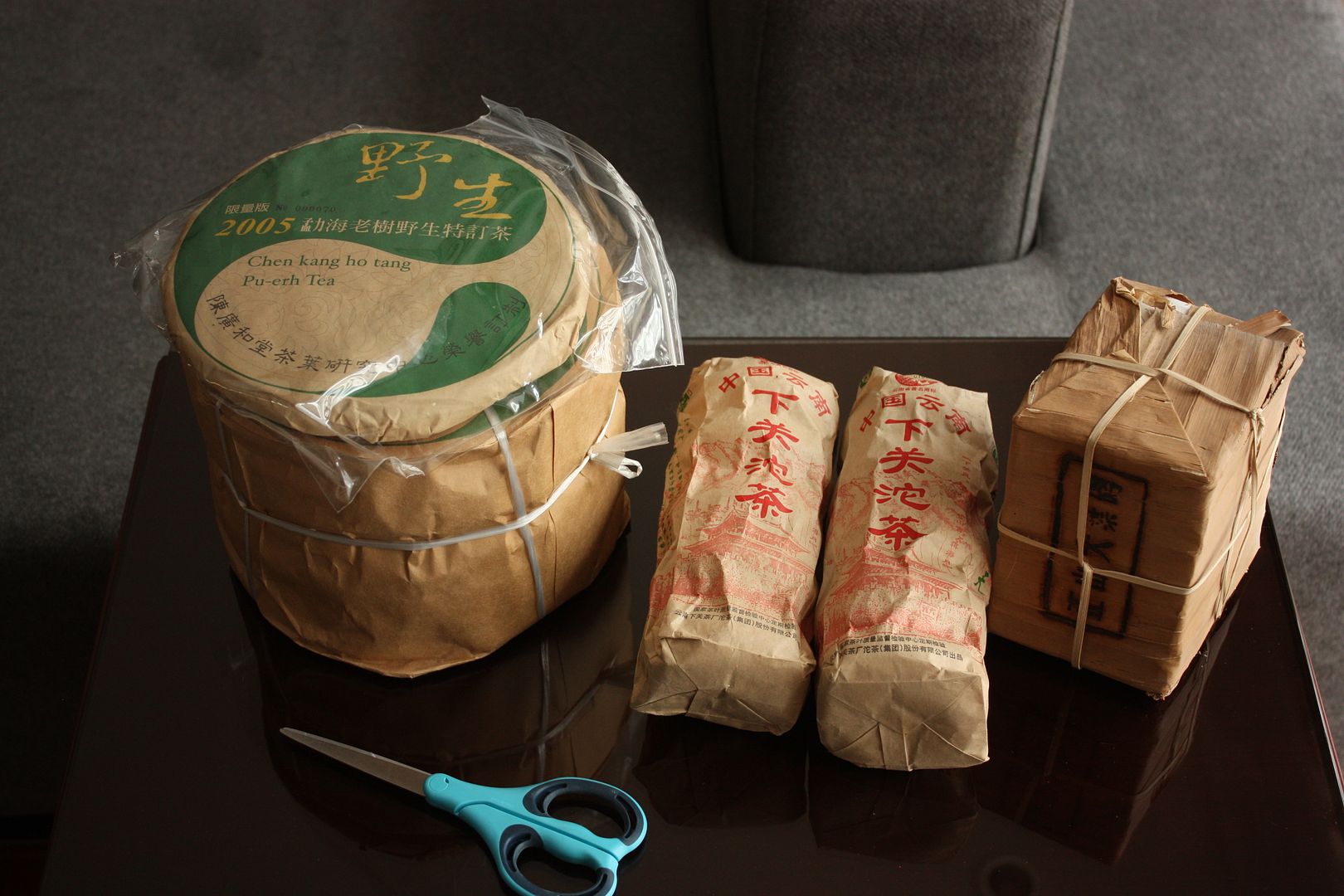
 RSS - Posts
RSS - Posts
Interesting.... would 250C in my oven work?